The Dredge of Seventeen: June
By Mento 4 Comments
When it comes to game releases every year has its big headliners and hidden gems, but none were more packed than 2017. As my backlog-related project for this year I'm looking to build a list of a hundred great games that debuted at some point in 2017, making sure to hit all the important stops along the way. For more information and statistics on this project, be sure to check out this Intro blog.
Welcome back to the Dreeeeedge, everyone. I ended last month's The Dredge of Seventeen lamenting that I'd almost run out of bite-sized Indies to fill out the majority of the missing spaces on this still only theoretical Top 100 for 2017, but wouldn't you know it? Itch.io graced us with another enormous charity bundle (this time for Palestinian Aid, helping those caught in the crossfire between Hamas and the IDF) with another small batch of 2017 contenders to explore.
That's going to be the main thrust of this month's update, though I'm also breaking protocol and including an in-progress game simply because I'm going to have too much to say when I finally include it on the list sometime this month (July). Be sure to check the link in the lede to see how far we've come in the first half of the year; it's going to be more focused moving forward, with two or three additions at most per month (especially now that I've jettisoned the monthly HOPA).
Alchemist's Castle
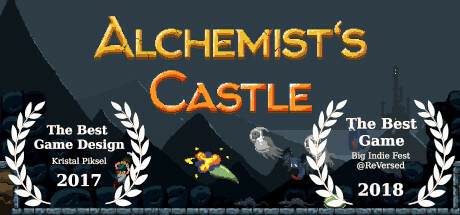
Naturally, my first port of call was the sole explormer in the bundle released in 2017. There's a few other intriguing prospects in there - Batbarian I've heard good things about - but Kabuk Games's Alchemist's Castle is the only one that falls under the purview for this particular feature. Alchemist's Castle is something I tend to call a "mini-explormer," where the overall run-time and size are comparatively compact but still large enough to comfortably contain the meandering structure of a classic explormer: that is, you have traversal upgrades to unlock and areas of the map you cannot visit until the right upgrades have been found. Almost the entirety of Alchemist's Castle is set underneath the titular edifice, as your wayward alchemist's apprentice falls through a pit and ends up in the labyrinthine dungeon tunnels below.
Right from the jump, the game introduces a curious wrinkle in that the fall hurt your protagonist's legs, meaning you cannot jump for the first few minutes of the game. This has you passing through the main branching areas of the dungeon, all but a single route leading downwards inaccessible due to your lack of vertical motion, introducing the game's geography while giving you plenty of possible routes to revisit once you reach the bottom of the map and find the first upgrade: a healing potion which fixes your legs. The game has a sparing amount of upgrades to find - there's thrown potions, which seems to be the weapon of choice for any alchemist platformer hero (see also: Shovel Knight: Plague of Shadows or The Dredge of Seventeen: April's A Hole New World), as well as a strength boost to push crates around for puzzles and, eventually, a sprint for crossing wider horizontal gaps and a double-jump - with each designed to open up the route to the next. There's a certain economy of frills: there's no boss fights excepting the final battle to end the game, and the only other collectibles are a series of journal entries (which, as of writing, were still glitched).
That also means we need to address the partially transparent, staticky elephant in the room: despite its shorter stature, Alchemist's Castle has no shortage of jank and technical issues. The latter tends to involve a lot of sprite clipping and hitbox detection problems, while the former includes bizarre design decisions like how the player doesn't move at the same speed as horizontal moving platforms so you kind of have to feather it slightly to prevent yourself falling off. There's a number of tough platforming and puzzle sequences that are , and while the game's checkpointing is reasonably generous - better than the infrequent save rooms of old - your limited health supply means you're frequently croaking and being sent back a few screens for a mistimed jump. You start with a few hearts and can upgrade them several times - these health upgrades are mostly optional otherwise, though highly recommended - though spikes and other hazards can chew through them quickly. I wouldn't say that it was deleteriously frustrating to deal with these traps, or certain flying enemies that are hard to pelt with the parabolic arcs of your thrown potions, but the game does require more finesse than it might first appear and there is a distinct sense that the game's quirks are often working against you.
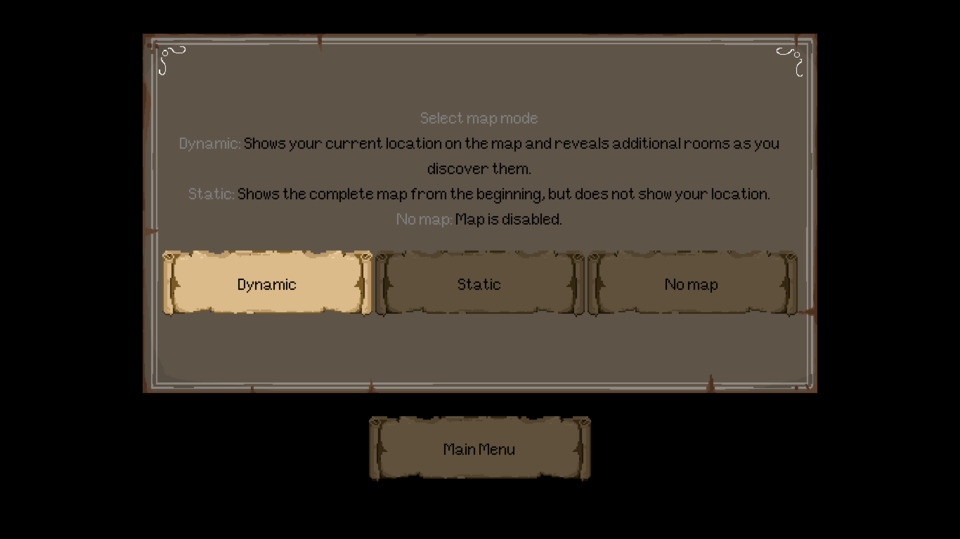
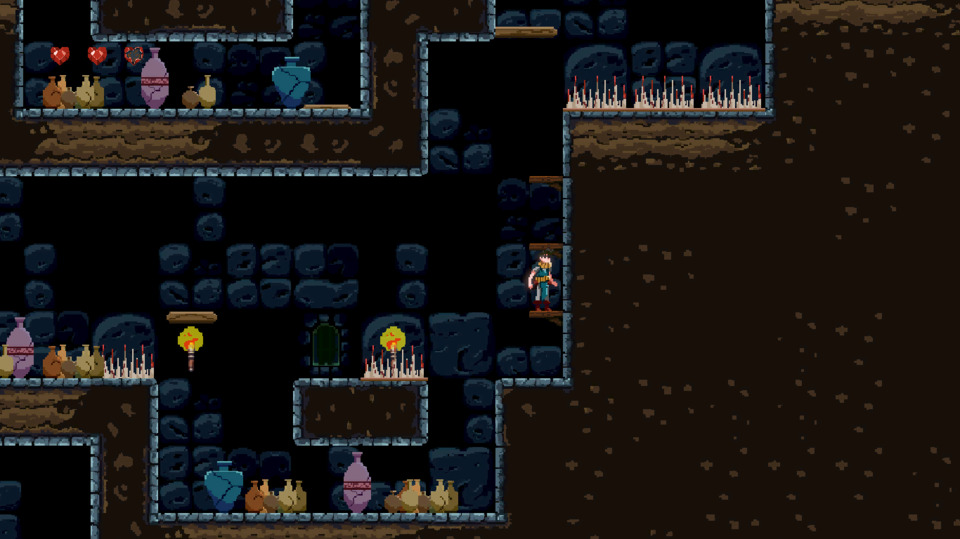
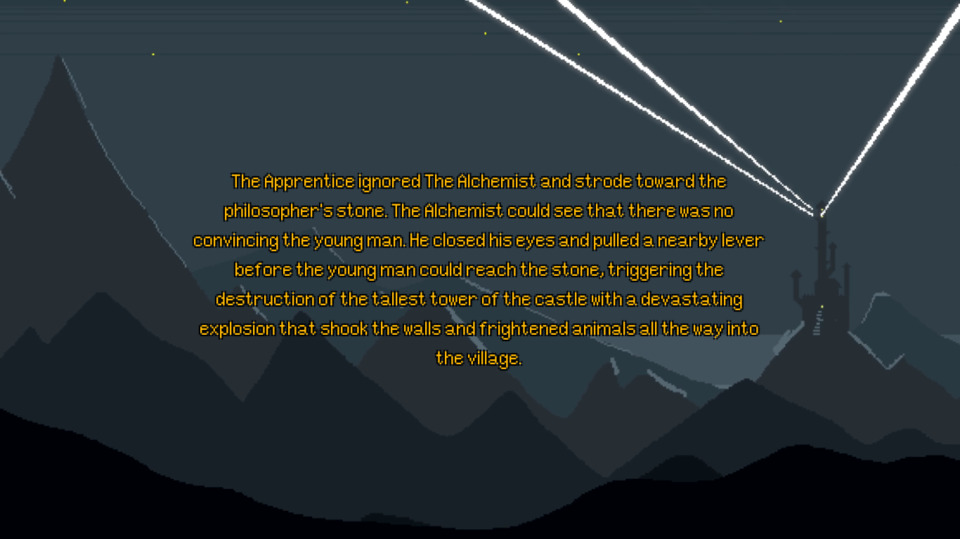
Ranking: D. (It's a noble effort and it's clear the developers knew the territory, as it were, with the very deliberate way the game is structured. However, there's very little in the gameplay or visuals to recommend it, especially compared to the many other excellent explormers out the same year which tended to have novel ideas for the format in addition to more fundamental competency in general.)
Murder Most Misfortunate

As visual novels continue to accelerate in acceptance in the west, but are still in that gray zone where many of the genre mainstays haven't become all that widely known outside of Japan besides a few well-promoted standouts like Spike Chunsoft's Steins;Gate or side-cases like Danganronpa, there's ample room for an Indie studio to build upon the more celebrated VNs out there with their own twists on its stylistic formula. At least, I feel like that might be the situation here with Murder Most Misfortunate: a classic parlor murder mystery whodunnit with a scarcity of moving parts that, to my untrained eye, is reminiscent of the Umineko When They Cry series and its whole vaguely supernatural angle.
The protagonist is the aristocratic socialite Miss Fortune, a serial widow who is invited to a soirée hosted by Prince Titanico in a rundown mansion once owned by a depraved, deeply corrupt (and long dead) noble family. She's joined by a rogue's gallery of mountebanks, ingénues, imposing servants, and at least one other noblewoman that, like Miss Fortune herself, seems to lose husbands to tragic accidents on a regular basis. When a murder inevitably occurs, Miss Fortune discovers all the incriminating evidence has mysteriously appeared in her purse and so takes it upon herself to find the true culprit before she is arrested for the crime. As with a number of VN aspirants, the game is not wholly a passive affair: you're required to investigate scenes for extra evidence and other details that might give away the perpetrator, as well as interrogate (and often re-interrogate, once new information has been learned elsewhere) each of the other party guests. There is only one canonical route for the denouement, but even guessing at the wrong culprit can often provide hints to the correct one.
The character designs and voice acting have a certain amateurish charm to them, with no kind of uniform consistency with regards to character proportions and with every voice actor pulling out their best noble affectations from whatever Oscar Wilde play they last performed at highschool. There's some odd business with the setting: everyone's dressed in their finest 19th century period appropriate dresses and evening suits, with the exception of one woman who is dressed in a crop top and hot pants who pulls out a smartphone to do some remote wifi hacking when required. It's not clear if everyone but her is conforming to some kind of dress code for the evening or if she just teleported there from the future or what, but the incongruity breaks the immersion a little. The entire game only takes a couple of hours, and that's if you explore everywhere and procure every piece of information from the environment and other characters: it's not one of those drawn-out multi-chapter affairs where the cast is slowly whittled down one by one.
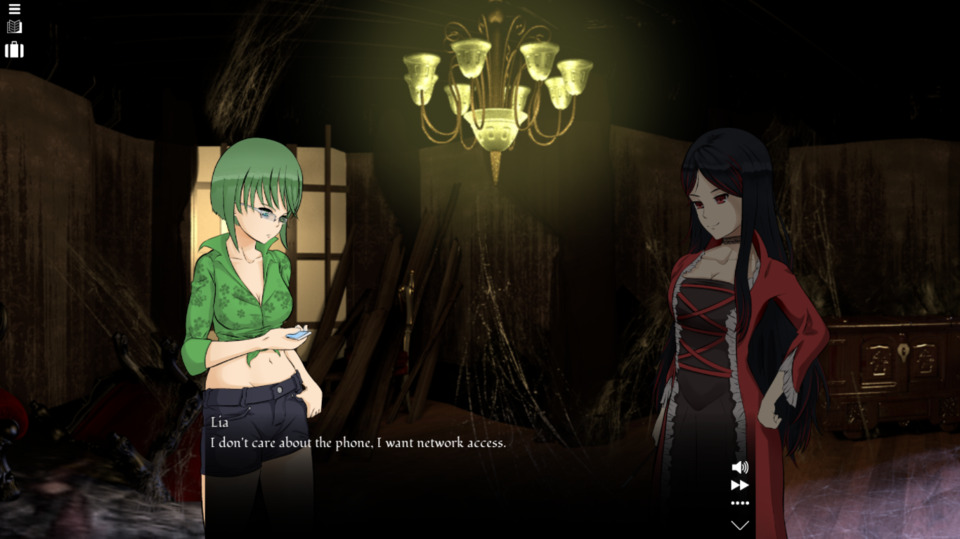
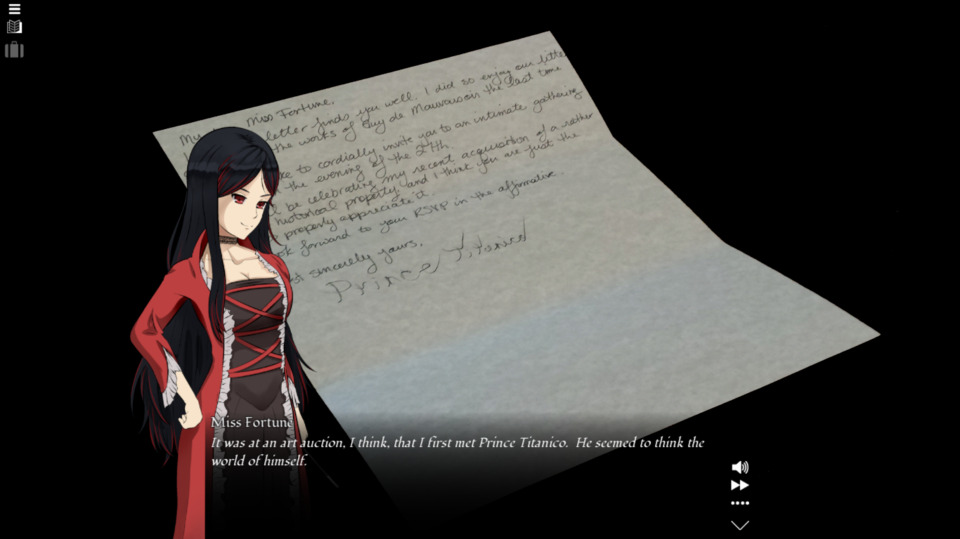
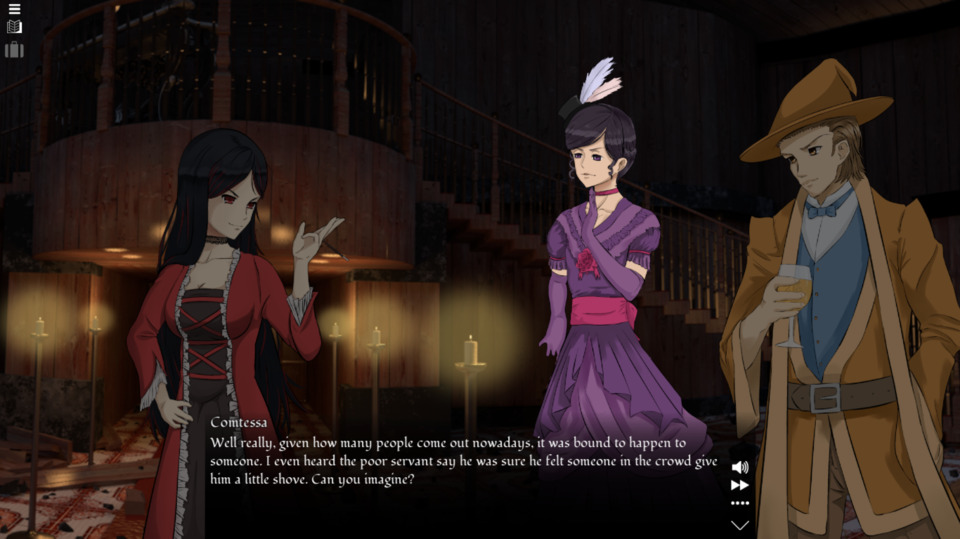
Ranking: D. (Like Alchemist's Castle, it feels like the student project version of a fully featured game that already exists. It's not bad for what it is, but it's going to have a heck of a time hanging in the upper half of the list with all the more confidently made Indies and big-budget games, most of which have far more ambition and innovation on top of looking more professional.)
A Snake's Tale
A bit of a theme emerging here, as A Snake's Tale is yet another game that felt like a cheap and cheerful version of something more established. In this case, the spatial awareness logistical nightmares that are Snakebird and Stephen's Sausage Roll (and Puzzle Puppers, with which A Snake's Tale is about on equal footing). The goal of A Snake's Tale is to get the brown snake to its tunnel home; every level gives you something to work around, whether that's a physical obstacle, other snakes, or the hero snake's own elongated body. Many puzzles boil down to using the limited grid space to maneuver the snake around in such a way that it no longer impedes its own progress, before then working towards anything else that might be in the way. Despite technically being "antagonists," the player can also move the other snakes around as much as needed. Each of the game's regions has slightly different obstacles and snakes to contend with: for instance, the swamp zone has snakes that cannot pass through water while yours can, the goal being to make use of these pools as temporary oases.
It's a game with some rudimentary mechanics that is both fairly short and not too challenging (the exception being the brainmushing final level) but it's delightful enough that I'm not going to hold that against it this time. The snakes don't have much of a personality - the game uses a top-down perspective so you never really see their faces regardless - but I am a fan of the way their heads bonk into obstacles when you cannot proceed. It's cute, though I'm sure ophidiophobics would disagree. A Snake's Tale is also full of little QoL touches like having both a restart and an undo last move button and what is now becoming an increasingly common overworld UI that branches outwards whenever you complete a level, meaning that there's almost always several accessible levels available to try in case you ever get stuck on one in particular.
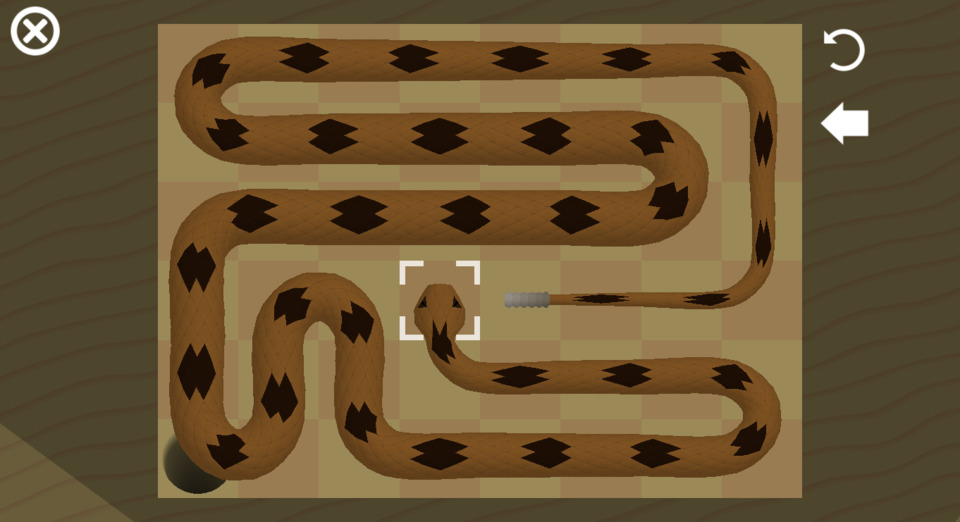
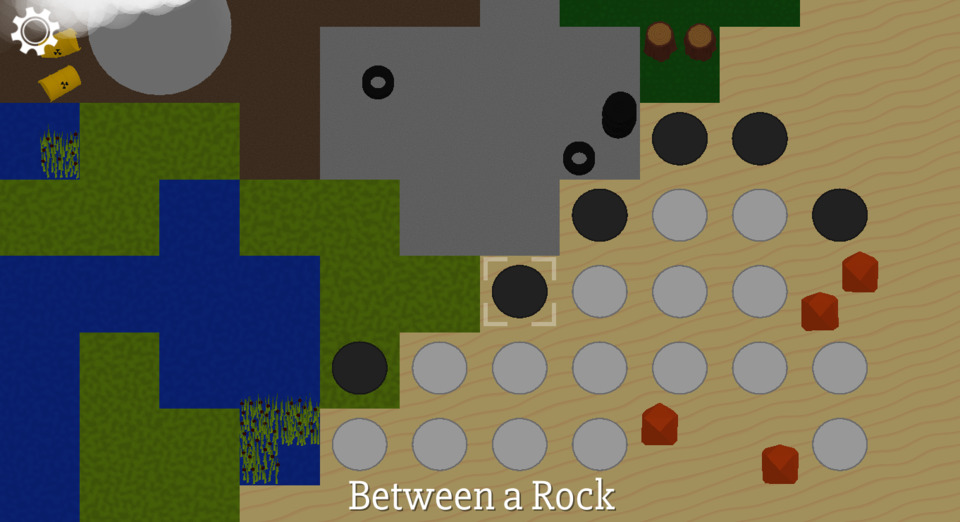
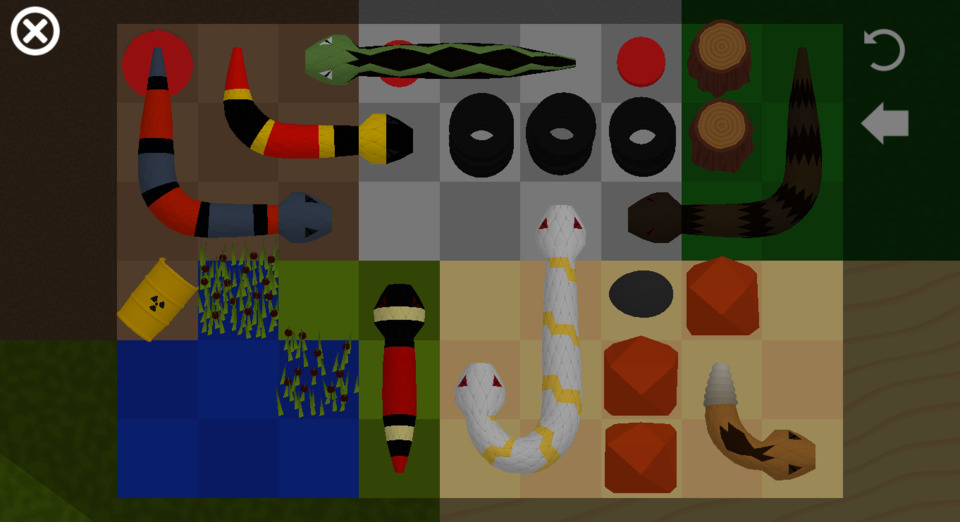
Ranking: D. (But, in fairness, it will still be higher in the list than the previous two. None of these three games were a waste of time, even if I couldn't help but feel there might be better versions of them out there.)
Elex
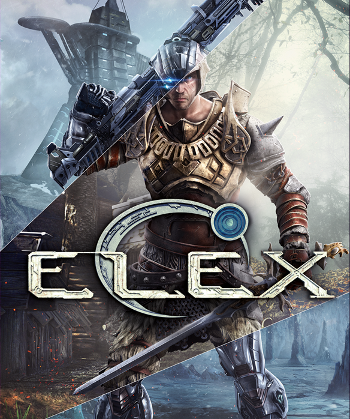
(This update felt a little slight with just the above three bundle offerings, so I'm going to include a half-review for Piranha Bytes's Elex with a more conclusive follow-up in the month to come.)
Where do I even start with Elex? That insane trailer for the sequel? Nah, I already reviewed that. I'm also not going to regurgitate what "the Piranha Bytes model" is, since Elex is obviously another one of those (an explanation can be found here, second paragraph). Instead, I'll start with what's different about Elex: Elex is set on a near-future version of a planet like Earth but not Earth (think Gears of War; similar culture, but otherwise an alien planet with alien versions of humans on it). This planet, Magalan, was hit by a comet packed with a deadly if scientifically intriguing element called Elex; this comet devastated the environment and killed mostly everyone save a few hundred survivors who gathered in safe areas underground. A couple centuries later, those survivors have tried to repopulate a world forever changed by its visitor, contending with the flora and fauna mutated by Elex as well as adapting the element into their pre-fall technology.
As we start Elex, the world's peoples are split into four ideological groups: the Berserkers, who have chosen to assume a medieval agrarian society devoid of technology and heavily regulated by their Laws, who have figured out a way to tame Elex into a more benign substance called Mana which allows them to cast magic and slowly transform the world back into the verdant paradise it once was; the Clerics, who still promote scientific reasoning and technological advancement yet are all beholden to a mysterious god named Calaan and choose to live by its obtuse rules; the Outlaws, who dwell on the edge of civilization in a desert wasteland to the south and eschew the heavily-enforced laws of the previous two groups, living only for personal gain; and the Albs, former Clerics who have chosen to consume Elex directly for the increased strength and focus it provides at the cost of their own humanity and skin pigmentation (hence "Alb" for albino). Any group but the Albs can be joined by the protagonist to further the story, representing the faction system seen in every other PB RPG: the difference here is that each faction feels like they come from their own separate video game. Berserkers are straight up the fantasy magic-user Gothic clan in case you really liked the Gothic series (or Skyrim, I suppose, since they all dress like vikings); Outlaws are your Mad Max/Borderlands bandits with shotties and grenade launchers though sadly absent the V8 muscle cars and decked out buggies; the high-tech, laser rifle-sporting Clerics are an ersatz of Fallout's secretive Brotherhood of the Steel - both the most technologically advanced faction in that universe as well as its least accessible. The Albs might as well be White Walkers, or Mass Effect's Geth: they all live in the frozen north and are ruthlessly raiding and killing any regular humans they can find and converting them into Elex, so it's not really a faction you can decide to join (even though you were a former member).
The meta game with every Gothic/Risen is to figure out how far you can go without committing to a faction. Joining factions not only progresses the story but, as you ascend their ranks, provide better armor, weapons, and skill tree abilities to unlock. The armor in particular is a valued commodity, since your options are extremely limited prior to joining a faction (and you can't just pry a suit off one of their dead members); this effectively limits what kind of enemies you can hope to defeat, as most can kill you in a single hit without sturdy protection. However, these games are also action-RPGs with a vaguely Souls like combat system of dodge rolls and light/heavy attacks - though, it should be emphasized, nowhere near as good or precise - so you could theoretically take down these intense one-shot enemies with enough evasive skill and a decent enough weapon, which thankfully aren't as rare as the armor. Thus, with enough gumption, you could sweep the map of all but the toughest foes with basic armor and have completed most of the game's content before you ever embark on the second act of the game post-faction choice.
Why go to all this trouble? Well, in previous PB games, it was partly to prove you could. It also meant that if you wanted to see what the other faction storylines were like, you could reload to just before you allied with a group to see each arc without having to repeat huge swathes of the game. For something like the more recent Risen and Elex, you do it for the trophies: there's faction-specific ones for all three, including one for each faction where you have to take the time to learn all their skills - this would take an extraordinary amount of farming and grinding, but is possible with all the material wealth you accrue by sweeping the map as a neutral entity. So that's what I've been doing, raising my funds and resources for an eventual save-scum of all three factions before siding with my favorite for the end game (which, for the record, is the Clerics: they're the ones I least agree with ideologically, but they have the best gear and that's really all that matters).
Anyway, that's the set-up for Elex in a nutshell. I'll talk final impressions, general strengths and weaknesses, other novel features and systems like the jetpack, and more, when the July edition of The Dredge of Seventeen rolls around next month. It's... not an easy game to love what with the huge amount of jank involved (imagine a Bethesda open-world RPG with half the budget but all the ambition and you'll have a vivid mental image of how stable Elex can be) but as with all of PB's previous games there is something compelling about exploring its world and squeaking out minor victories against tough enemies by clamboring up rocks and shooting them from where they can't hit you. You know, heroic shit like that.
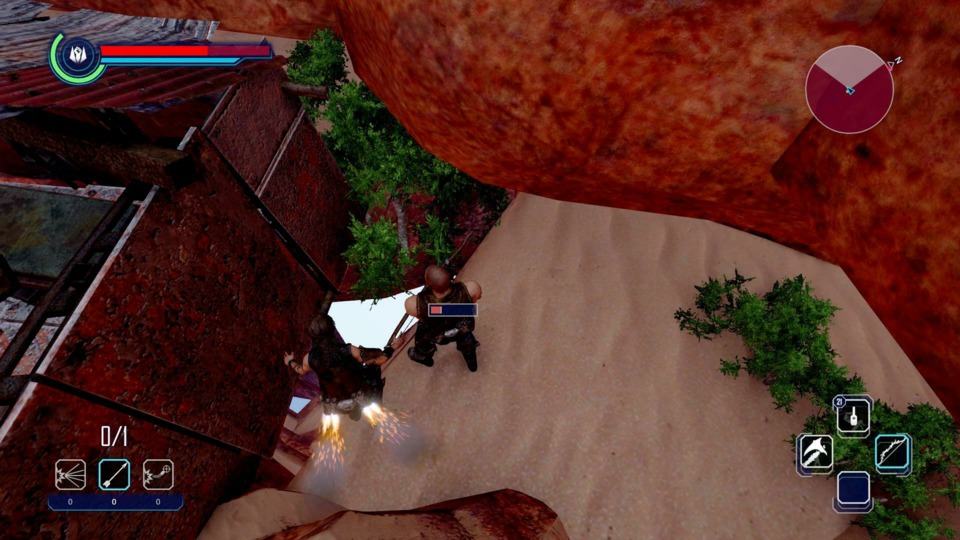
Ranking: TBD.
